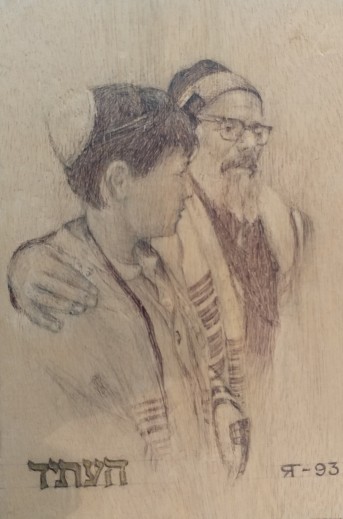
Sometimes an encounter with the God, the Holy Spirit, brings conviction of guilt (John 16:8) prompting us to repentance. It’s a good thing. Sometimes the Holy Spirit helps us be attentive to others with empathy and compassion. That too is good for others and for ourselves. Yet at times the Holy Spirit illuminates bringing a flash of light on a matter. Its a cliche’ but all of a sudden “we see the light.” Jesus said about the Holy Spirit, “When the Spirit of Truth comes, he will guide you into all truth” (John 16: 13a).
On the grace of illumination, where do great ideas come from? What is the source of wisdom when its needed? “From whence it cometh” (I love that old phrase) clarity of thought that we know its not from oneself? It seems increasingly clear to me that it “cometh” from God. We need not be surprised. Jesus said the Holy Spirit “will not speak on his own; he will speak only what he hears, and he will tell you what is yet to come. He will bring glory to me by taking what is mine and making it known to you. All that belongs to the Father is mine. That is why I said the Spirit will take from what is mine and make it known to you” (John 16: 13b-15).
Notice that this last quote ties together the entire Trinity, Father, Son, and Holy Spirit, in the work of the Holy Spirit. All grace of God comes from all three persons of the Trinity working together in perfect love and unity. What’s more, God’s grace comes to us and for us to be passed on to others. Their pure, holy love for each other is God’s essence, his very being and nature, channeled into us in human form for God’s redemptive, reconciling, and restorative mission. This is what it means to be like Jesus. The essence of God takes human form for God’s purposes to God’s glory. What a remarkable blessing of God’s holy love. God comes to us to be passed on to others. He is the Gospel. This grace is not meant to be private. Yet it is personal. Its not meant to just be personal. The Gospel passed on is social. It passed to another. That’s why John Wesley believed that there is no holiness but social holiness. God is holy, spiritually social and socially spiritual. He invites us into the social love life of the Trinity in moments of illumination.
The Bible says “In all things, give thanks.” (1 Thessalonians 5: 16-18). The next time a great, little idea comes to mind, stop to say thanks to the Holy Spirit. The idea is yet another act of God’s amazing grace!












